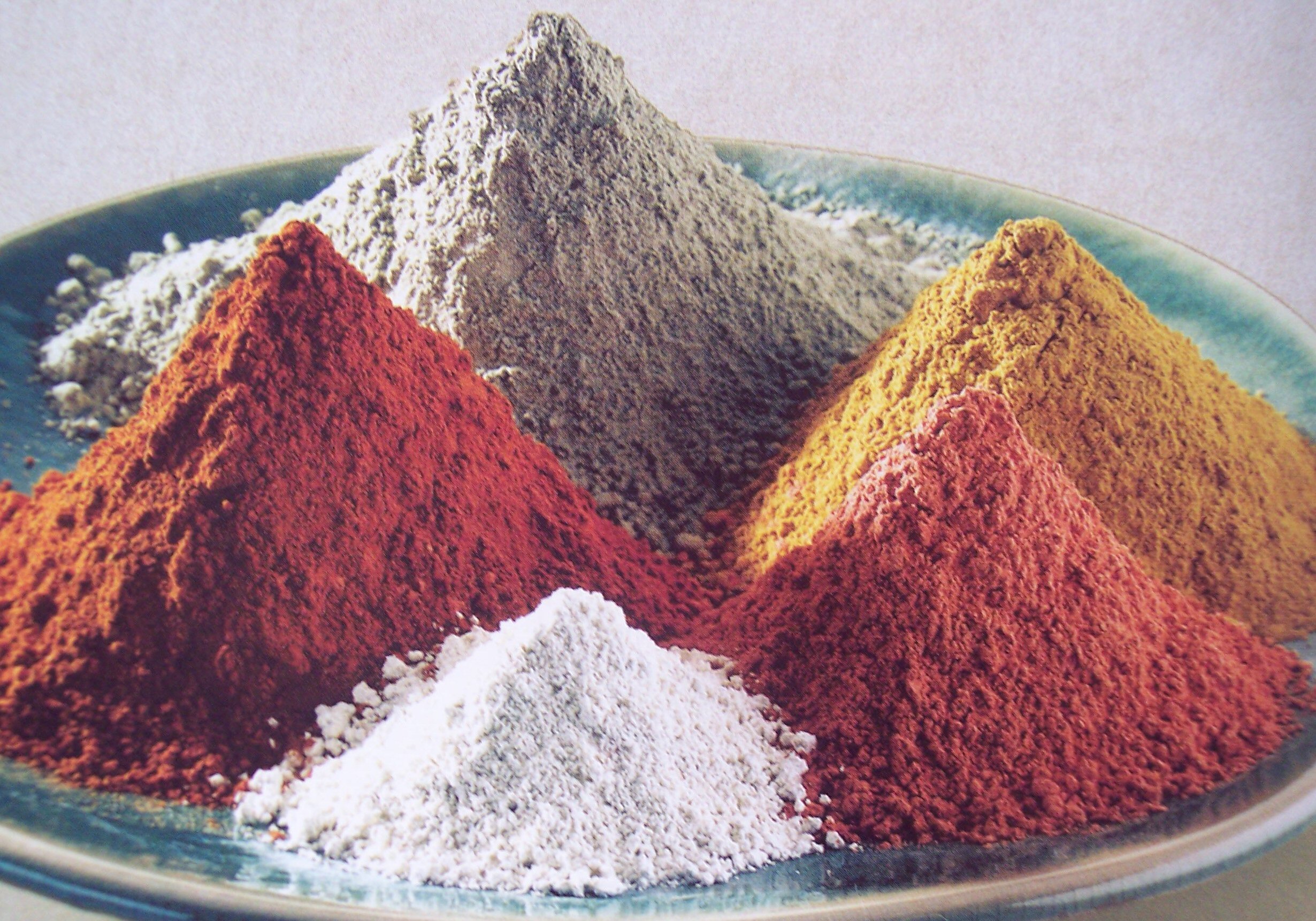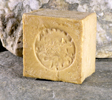Back to list of articles
Clay in hospitals
By Cecile Baudet, journalist, natural health specialist.
Nurse in a big hospital, Chantal Morel has introduced clay in the intensive care service where she works with success!
In her 40's, Chantal Morel has been using clay for over 10 years. "At the beginning, for my personal use. I had read the book about clay of Raymond Dextreit and I was doing facial masks. But then, during my stay in Africa, as a nurse, I was asked if I had something to heal ulcers and burns. I had one kilogram of clay in my bag and I answered: "This maybe...". The few tries we did revealed to be successful and it really made me think about my practice in hospital."
Back to France, Chantal Morel continues practicing "like before" until the day the Antiphlogistine - a remedy to heal lymphatic and veinous inflammation (lymphangites) - was removed from the pharmacy of the hospital and replaced by alcoholic bandage. "And yet, since some patients suffer from alcoholism, this replacement solution was really not satisfying. Moreover, these types of pathology present frequent skin problems: ulcers that never heal, fragile skin, delicate blood vessels, frequent edema... I decided to step in: Clay came to occupy the vacant place that the Antiphlogistine left."
Amazingly, the initiative of Chantal Morel does not create waves in the service: Doctors let her do "since it is nursing care...". The head of the service does not oppose any objection and patients don't complain. In such context, other nurses quickly follow her steps. We have to say that the results were particularly interesting. "the veinous capital is restored rapidly, notices Chantal. Already, after 24 hours, we can find a vein. Regarding the open wounds, it is spectacular, the dirtiest, meaning the ones infected with different germs, even the most virulent, cannot resist. Clay is an amazing draining agent and truly calming. The first time that I used clay on a patient, it was for a Erysipele (skin infection with streptoccoccus bacteria, very painful with fever and extreme fatigue). The patient's state improved hour after hour, going rapidly from 39,5 degre (103.1 F) to 37,5 degre (99.5 F). Locally, within about 8 hours, the pain, redness and warmth disappeared... As for the bedsores, clay participates in their cleansing and improves the healing of the scar tissues..."
It's been five years now that, what was an experiment, became a daily practice, and other services let themselves tempted by the experience, although they did it more timidly. Since then, the consumption of clay hasn't stopped increasing. But the pharmacy of the hospital doesn't want to hear about it: it is not a drug therefore it cannot provide for this precious treatment. In consequence, it is the administrative service of the University hospital that took care of providing the "not so common" supply. On the order form, clay is from now on written in full letters: the 3 tons used during the year 1995 alone, is without a doubt due to this administrative "legalization".
If by accident you come to visit Chantal's service, you should not be surprised to see, waiting on the shelves of the closets, rows of jars filled up with green clay or see patients with arms and wounds covered with one inch thick clay plaster protected with American bandage!
in L'impatient - Alternative Sante Magazine (The Im'patient - Alternative Health Magazine) - April 1996 - # 221 (France)
Translated by Marie Anne, Naturopath, Biodecoding consultant and trainer.
 |
 |
 |
 |
 |